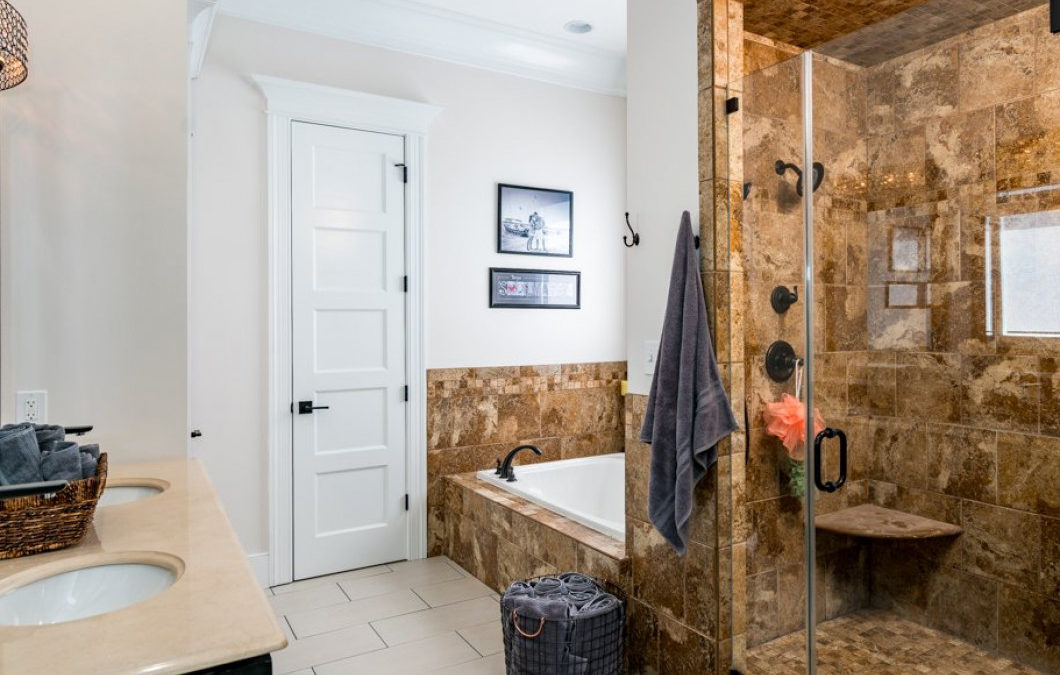
Before you decide on tearing down a wall you need to understand its material. Non-load-bearing walls are more difficult to remove. Hammering them down can be dangerous and potentially hazardous. You can instead remove a wall layer by layer, just like peeling an onions. First, remove all items from the wall. Then remove the drywall. After you are done, remove the wall-supporting structures and cut down any remaining studs.
Before you begin, determine whether the wall can support loads. This is especially true if the brick wall was constructed. In such cases, you will require a structural engineer’s report. Next, check whether there are any pipes in the wall. You will need to route the pipes and outlets if they are. It can be dangerous to remove load-bearing walls.

You might consider tearing down a wall if you are renovating an old home. This can help you create more space and make your home feel more spacious. Once you have this information, you can get started on a design. You can make your home more spacious by removing a wall. You must protect your property. Take into account the impact of demolishment on the surrounding areas and the structure.
Before you begin to tear down a wall you must first determine if it is load-bearing. You can usually tell whether or not a particular wall is load-bearing by examining it closely. If you're working on a second floor, you can check for any drains in the basement or crawlspace. Next, you can begin to remove the wall. It is a great idea to open up the space and let more sunlight in.
You should inspect the plumbing before you begin to tear down a wall. It's important to know if the wall is load-bearing by inspecting it closely. A sink may have drains in the wall. Check the pipes below to ensure they are free of obstructions. You should also make sure to shut off the water and power mains if they are in the crawlspace.

Before tearing down a wall, make sure you shut off the water supply and the circuit breakers in the home. Be sure to check the plumbing if you are tearing down a wall within a crawlspace. If the drain or toilet blockage is evident, this could indicate that the wall is load-bearing. If you have to remove a wall that is on the second floor, it's worth checking for any other plumbing fixtures. Check your crawlspace.
FAQ
Can I rent a dumpster?
Yes, you can rent a dumpster to help you dispose of debris after completing your home renovation. Renting a dumpster is a great way to keep your yard free from trash and debris.
How many times should I change my furnace filter?
This depends on how often your family will use their home heating system. You might consider changing your filter less frequently if you are likely to be away from your home for extended periods during the cold months. If you're not often out of your home, however, you may be more able to wait for the filter to change.
A furnace filter typically lasts for three months. This means that your furnace filters should be changed every three to four months.
You can also check the manufacturer's recommendations for when to change your filter. Some manufacturers recommend replacing your filter after each heating season, while others suggest waiting until there is visible dirt buildup.
Is it more cost-effective to hire a subcontractor or a general contractor?
It is more expensive to hire a general contractor than to subcontract. General contractors often have many employees and charge clients high labor costs. On the other hand, a subcontractor only hires one employee, so he or she charges less per hour.
Statistics
- On jumbo loans of more than $636,150, you'll be able to borrow up to 80% of the home's completed value. (kiplinger.com)
- Rather, allot 10% to 15% for a contingency fund to pay for unexpected construction issues. (kiplinger.com)
- Design-builders may ask for a down payment of up to 25% or 33% of the job cost, says the NARI. (kiplinger.com)
- ‘The potential added value of a loft conversion, which could create an extra bedroom and ensuite, could be as much as 20 per cent and 15 per cent for a garage conversion.' (realhomes.com)
- It is advisable, however, to have a contingency of 10–20 per cent to allow for the unexpected expenses that can arise when renovating older homes. (realhomes.com)
External Links
How To
Do you prefer to renovate the interior or exterior?
Which one should you do first?
There are many aspects to consider when choosing which project should be started. The most important thing to consider when deciding which project to start is whether the structure is old or new. The condition of the roof, windows and doors, flooring, wiring, and other aspects are all important. There are many aspects to consider when a building is brand new. These include the size and style of the rooms, as well as their location.
The roof should be the first thing you look at if the building's age is a concern. If it looks like the roof could collapse any minute now, you may want to start on the renovation. Next, you can check if your roof is okay. Next, examine the windows. Next, inspect the windows and make sure they are clean. Next, clean the doors and ensure that they are free of debris. If everything looks good, you can start to lay the flooring. Be sure to ensure that the flooring is stable and strong so that you can walk on it without slipping. After you have completed these steps, you can move on the walls. You can now examine the walls to check for cracks or damage. If the wall is intact, then you can move to the next step. You can now inspect the ceiling. It is important to inspect the ceiling and ensure it is strong enough for any weight you may place on it. If all is well, then you are ready to move on to the next phase of your renovation.
You would want to begin with the exterior if the building was recently built. Take a look at the outside of your house. Is it clean? Are there cracks or holes? Is it in good condition? If the exterior looks bad, it's time to make improvements. It is not a good idea to make your home look unattractive. Next, you need to inspect the foundation. If the foundation looks weak, then you should repair it. You should also inspect the driveway. It should be smooth and flat. If it isn’t then it is time to repair it. The sidewalk should be checked as well when you inspect the driveway. If the sidewalk is uneven, it should be replaced.
Once you've checked all these areas, it is time to move on the inside. First, take a look at the kitchen. Are you satisfied with the cleanliness and maintenance of your kitchen? It should be cleaned up if it's messy. Next, make sure to inspect the appliances. They should be in good shape and working properly. If they are not in good condition, you should either purchase new cabinets or fix them. After this, check out the cabinets. Paint them if they're stained or scratched. If they are in great condition, then you can go to the bathroom. Here, check the toilet. If it leaks, it is time to get a new one. If the item is only dirty, you can wash it. Next, inspect all fixtures. Make sure they're clean. If they are dirty, then you should definitely clean them. Finally, make sure to inspect the countertops. If they are chipped or cracked, then you should probably repaint them. If they are smooth and shiny, then you should probably use some kind of sealant.
Final step: Check your furniture. Check that nothing is damaged or missing. If something is missing, then you should probably find it. If something is broken, then you should probably repair it. After everything has been checked, you can go outside to finish the job.